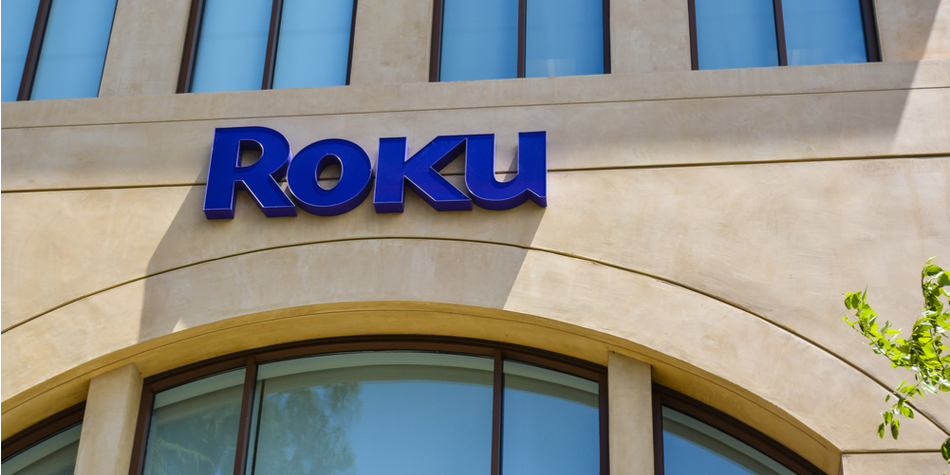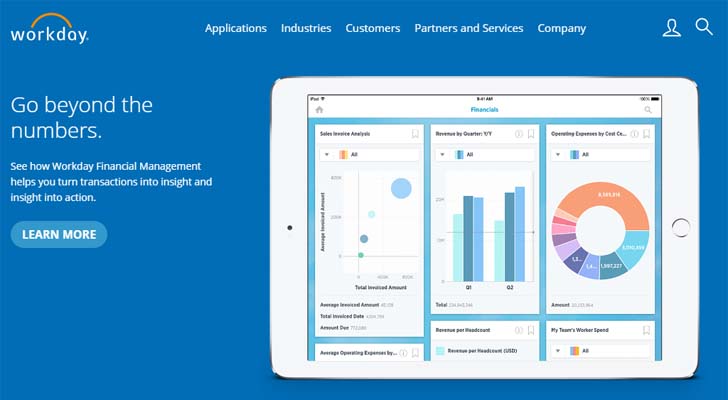
[Editor’s note: This story was previously published in February 2019. It has since been updated and republished.]
Amazon (NASDAQ:AMZN) has been one of the more impressive stocks of the past 25 years. In fact, AMZN now has returned well over 100,000% from its initial public offering (IPO) price of $18 ($1.50 adjusted for the company’s subsequent stock splits). A large part of the returns has come from two factors.
First, Amazon has vastly expanded its reach. What originally was just an online bookseller now has its hands in everything from cloud computing to online media to groceries, and its shadow is even larger.
Amazon’s buyout of Whole Foods rattled the retail market. Similarly, its entry into healthcare by buying PillPack (as well as its healthcare partnership with Berkshire Hathaway (NYSE:BRK.B) and JPMorgan (NYSE:JPM))sent ripples through the healthcare sector.
In response, Microsoft (NASDAQ:MSFT) teamed up with Kroger (NYSE:KR) to “build the grocery store of the future,” and earlier this year announced a partnership with Walgreens (NASDAQ:WBA) to fend off Amazon.
Second, as a stock, AMZN has managed the feat of keeping a growth stock valuation for over two decades. I’ve long argued that investors can’t focus solely on the company’s high price-earnings (P/E) ratio to value Amazon stock. But however an investor might view the current multiple, the market has assigned a substantial premium to AMZN stock for over 20 years now, and there’s no sign of that ending any time soon.
It’s an impressive combination, and one that’s likely impossible, or close, to duplicate. But these five stocks have the potential to at least replicate parts of the Amazon formula. All five have years, if not decades, of growth ahead. New market opportunities abound. And while I’m not predicting that any will rise 100,000% — or 1,000% — these five stocks do have the potential for impressive long-term gains.

Source: Chris Harrison via Flickr (Modified)
Square (SQ)
Admittedly, I personally am not the biggest fan of Square (NYSE:SQ) stock. I like Square as a company, but I continue to question just how much growth is priced into SQ already.
Of course, skeptics like myself have done little to dent the steady rise in AMZN stock. And valuation aside, there’s a clear case for Square to follow an Amazon-like expansion of its business. Instinet analyst Dan Dolev has compared Square to Amazon and Alphabet Inc (NASDAQ:GOOGL, NASDAQ:GOOG), citing its ability to expand from its current payment-processing base:
“In 10 years, Square is likely to be a very different company helped by accelerating share gains from payment peers and relentless disruption of services like payroll and human resources.”
Just as Amazon used books to expand into ecommerce, and then ecommerce to expand into other areas, Square can do the same with its payment business. The small business space is ripe for disruption, as out own Josh Enomoto points out. Integrating payments into payroll, HR, and other offerings would dramatically expand Square’s addressable market – and lead to a potential decade or more of exceptional growth.
Again, I do question whether that growth is priced in, with SQ trading 60% higher than this time last year. But if (again, like AMZN) Square stock can combine a high multiple with consistent, impressive, expansion, it has the path to create substantial value for shareholders over the next five to 10 years.

Source: Daniel Cukier via Flickr
JD.com (JD)
In China, JD.com (NASDAQ:JD) is the company closest to following Amazon’s model. While rival Alibaba (NYSE:BABA) gets most of the attention, it’s JD.com that truly should be called the Amazon of China.
Like Amazon (and unlike Alibaba), JD.com holds inventory and is investing in a cutting-edge supply chain. It, too, is expanding into brick-and-mortar grocery, like Amazon did with its acquisition of Whole Foods Market. A partnership with Walmart (NYSE:WMT) should further help its off-line ambitions. JD.com is even cautiously entering the finance industry.
At the moment, however, JD stock is going in the exact opposite direction of AMZN. The stock has seen a slow recovery after last year’s brutal plunge as the trade war and the arrest of the company’s CEO killed all its gains. So have mixed earnings reports and a Chinese bear market.
Clearly, there are myriad risks here, although so far this year JD.com has corked its way well out of the doldrums of 2018. AMZN saw a few pullbacks over the years as well. And while JD may never rise to the scale of Amazon or even out-compete Alibaba, at its current valuation it doesn’t have to.
As investor confidence returns, JD has a path to enormous upside. The long-term strategy still seems intact, and likely the closest in the market to that of Amazon.

Source: Shopify via Flickr
Shopify (SHOP)
Ecommerce provider Shopify (NYSE:SHOP) probably doesn’t have quite the same opportunity for expansion as Square. And it, too, has a hefty valuation, along with a continuing bear raid from short-seller Citron Research.
But I’ve remained bullish on the SHOP story, even though valuation is a question mark. Shopify is dominant in its market of offering turnkey ecommerce services to small businesses. That’s exactly where consumer preferences are headed: small and unique over large and bland. And because of offerings like Shopify (and Amazon Web Services), those small to mid-sized businesses can compete with the giants.
Meanwhile, Shopify does have the potential to expand its reach. Just 29% of revenue comes from overseas, a proportion that should grow over time. It’s moving toward capturing larger customers as well through its “Plus” program, picking up Ford (NYSE:F) as one key client.
The development of an ecosystem for suppliers and the addition of new technologies (like virtual reality) give Shopify the ability to offer more value to customers and to take more revenue for itself.
Like SQ, SHOP is dearly priced and still climbing this year. SHOP has put on 42% since the beginning of the year. But both companies have an opportunity to grow into their valuations. And considering long runways for Shopify’s adjacent markets, it should keep a high multiple for some time to come. As a stock, if not quite as a company, SHOP has a real chance to follow the AMZN formula for long-term upside.

Source: Shutterstock
Roku (ROKU)
Roku (NASDAQ:ROKU) might have the best chance of any company in the U.S. market to follow Amazon’s strategic playbook. The ROKU stock price is a concern. But perhaps even more so than Square, Roku now isn’t what Roku is going to be in ten years.
The hardware business is a loss leader, but one that allows Roku to serve as the gateway to content for millions of customers. As the company pointed out after recent earnings, it’s already the third-largest distributor of content in the U.S. The Roku Channel is seeing increasing viewership. It’s already up to more than 27 million viewers!
The company offers pinpoint targeting of advertisements without the messy data problems afflicting Facebook (NASDAQ:FB).
Roku is becoming increasingly embedded in TVs, though a deal between Amazon and Best Buy (NYSE:BBY) raised some fears about those software efforts going forward, and Disney’s new streaming service could be an issue.
It has a plan to roll out home entertainment offerings like speakers and soundbars, creating a long-sought integrated experience. It could even, as it grows, look to develop or acquire content itself, positioning Roku not as just a conduit to Netflix (NASDAQ:NFLX) but a rival.
The bull case for Roku stock is that its players are like Amazon’s books not a great business on their own, but a way to garner customers and get a foot in the door of the exceedingly valuable media business.
What Roku does now that it has entered will determine the fate of ROKU stock. But the amount of options and still a somewhat modest market cap (under $5 billion) mean that betting on its strategy could be a lucrative play.

Source: Workday
Workday (WDAY)
Workday (NASDAQ:WDAY) is starting to look like the enterprise software version of Amazon. Its core HR product has driven huge gains in WDAY stock, which now has a $36 billion market cap. But Workday is just getting started.
The company previously announced that it would buy Adaptive Insights to build out its financial planning capabilities. It has already rolled out analytics and PaaS (platform-as-a-service) offerings that add billions to its addressable market.
Here, too, valuation looks stretched, to say the least, but the story here still looks attractive. Workday is never going to be as famous as Amazon, or as large. But if its strategy works, it will be as important to, and as embedded with, its corporate customers as Amazon is with its consumers.
Source: Investor Place







